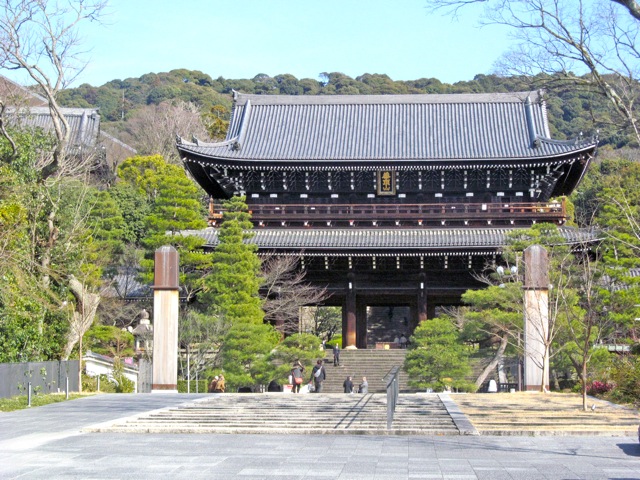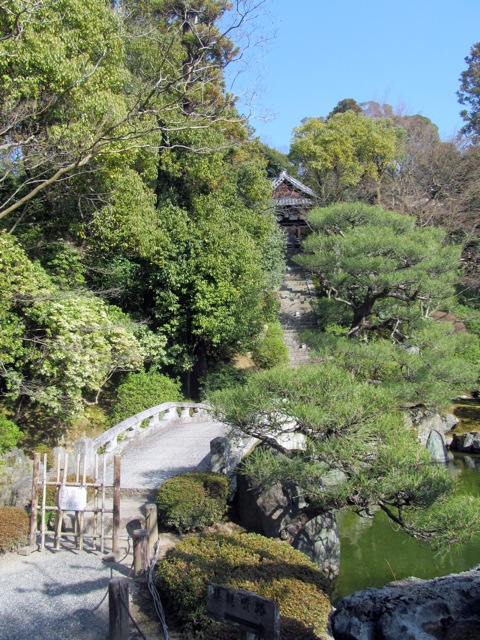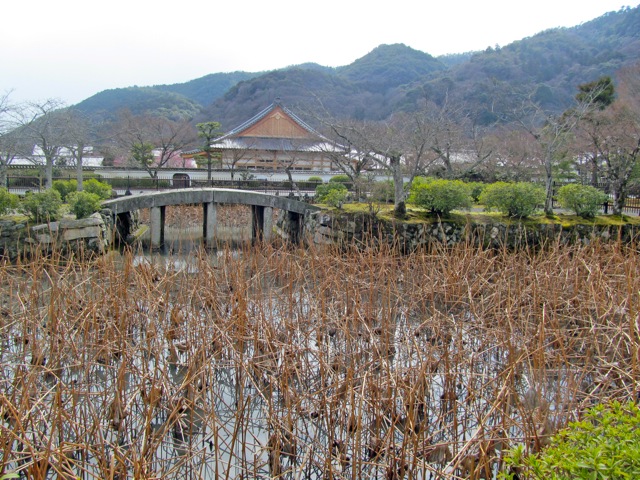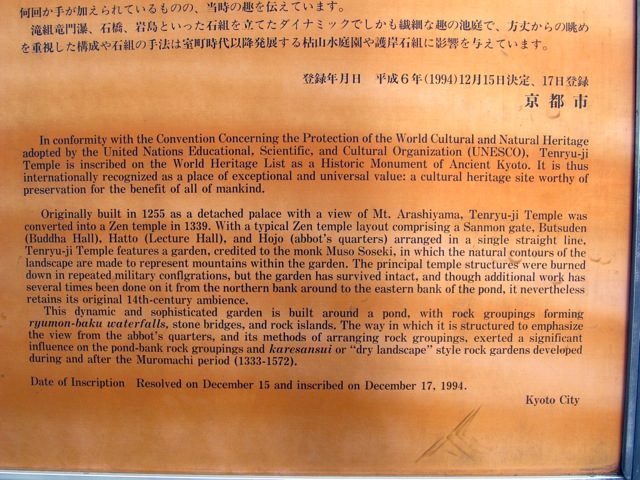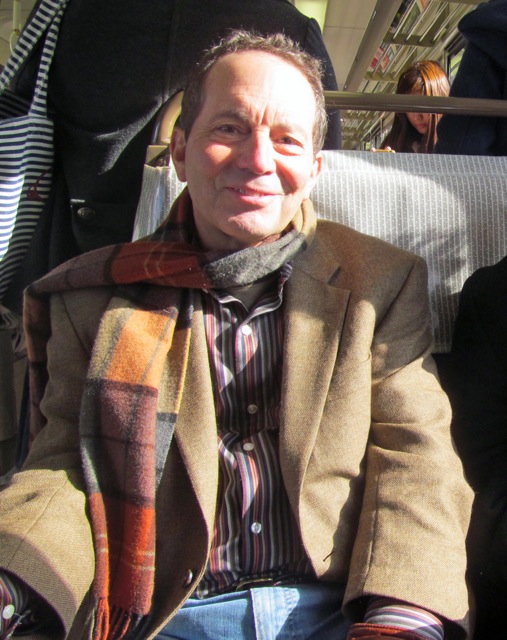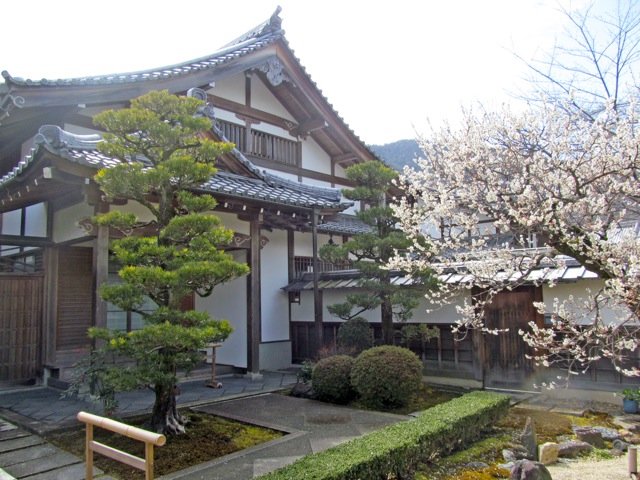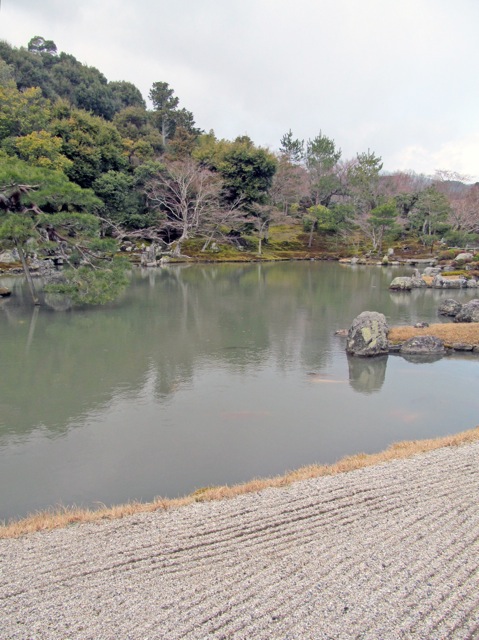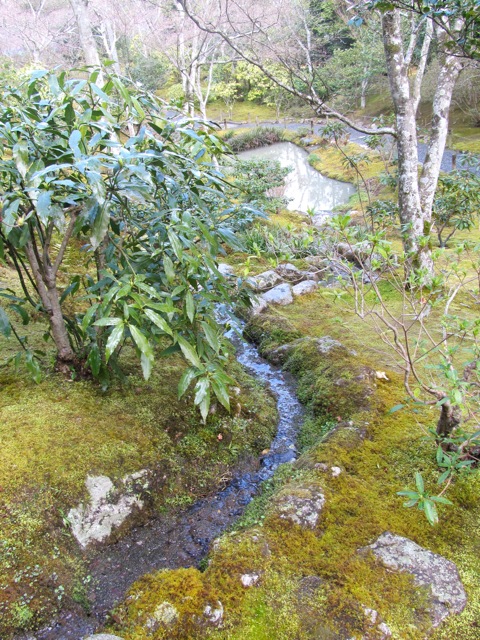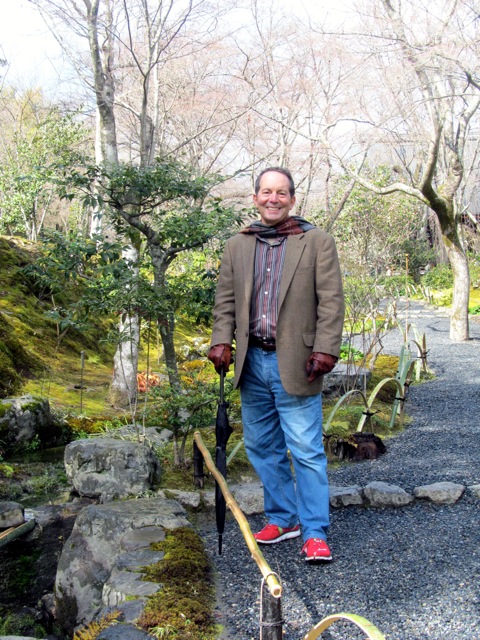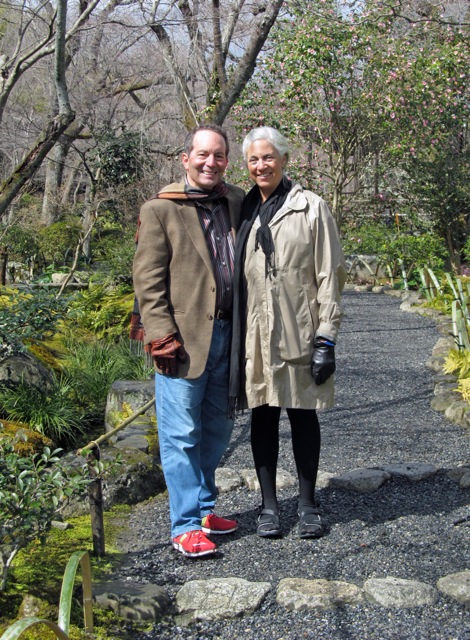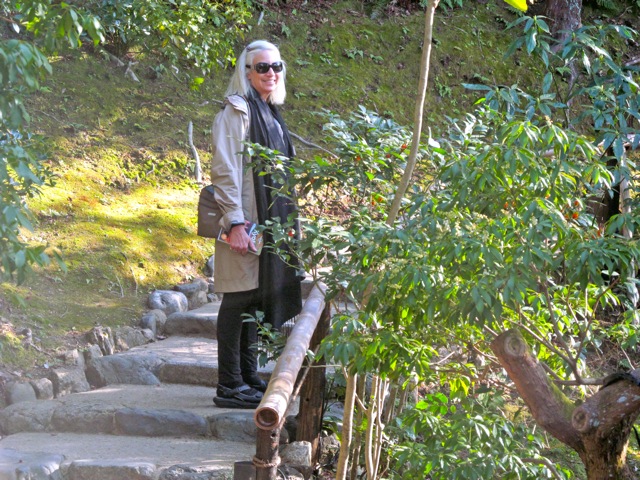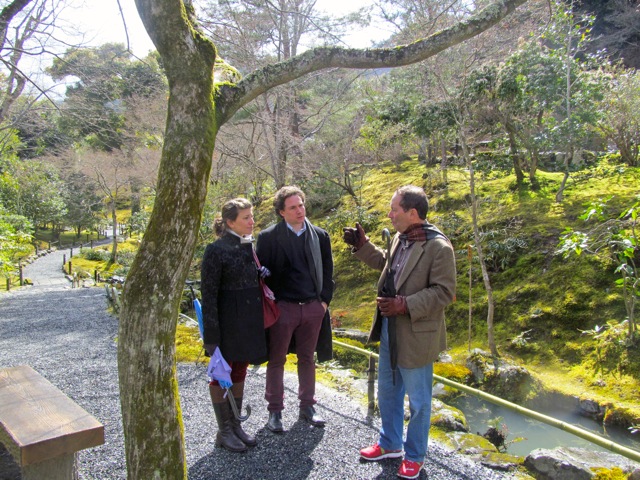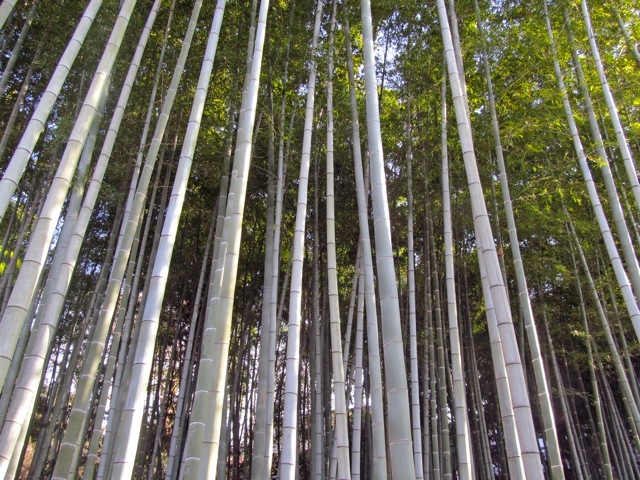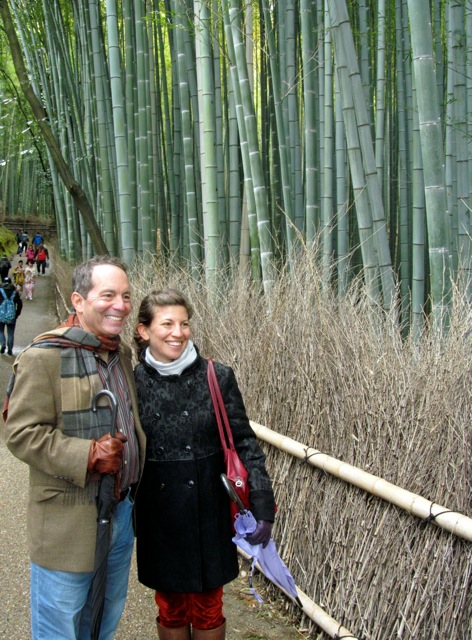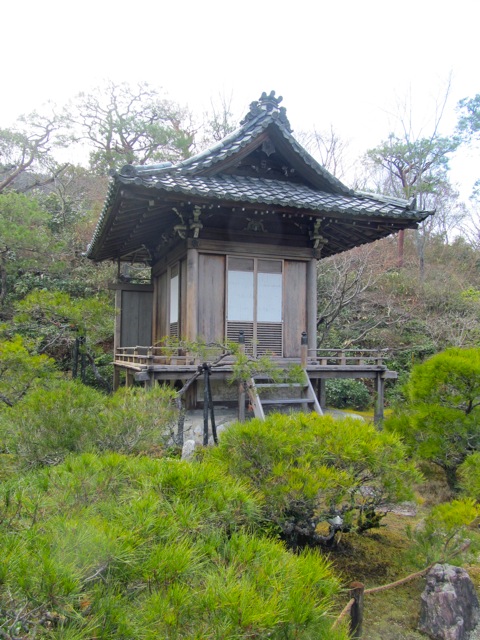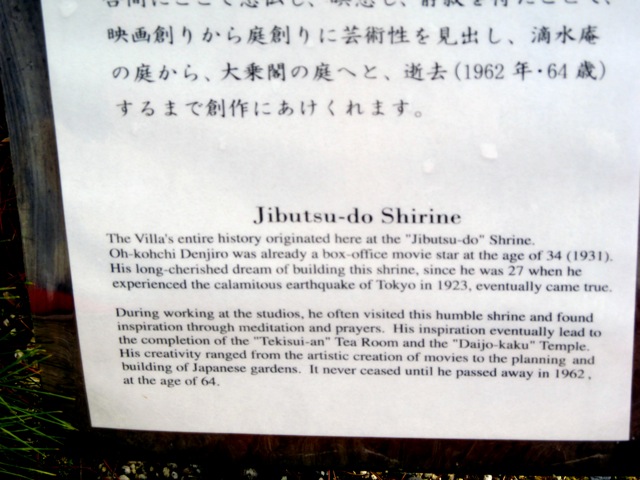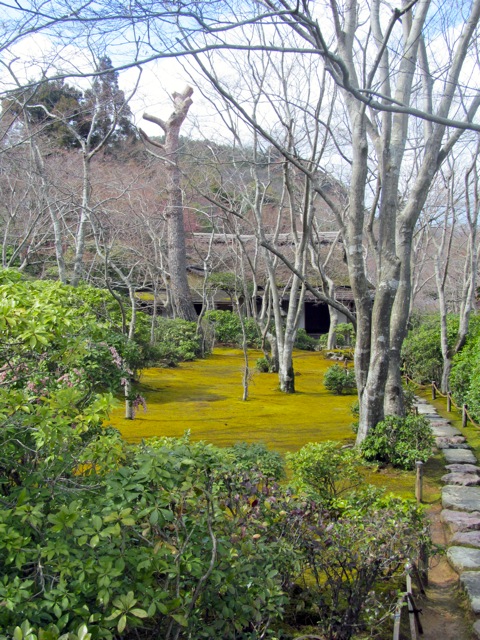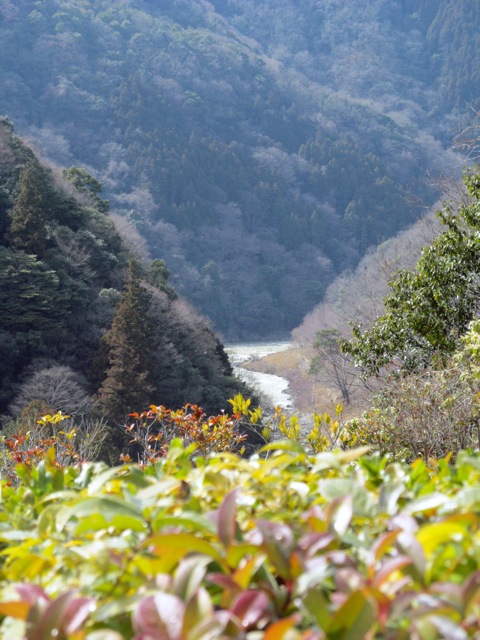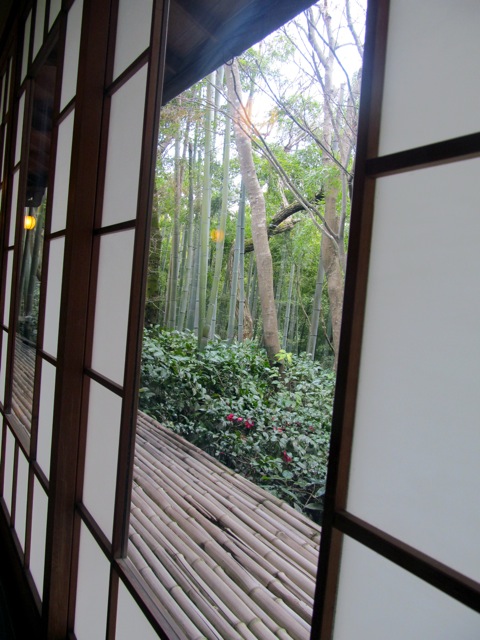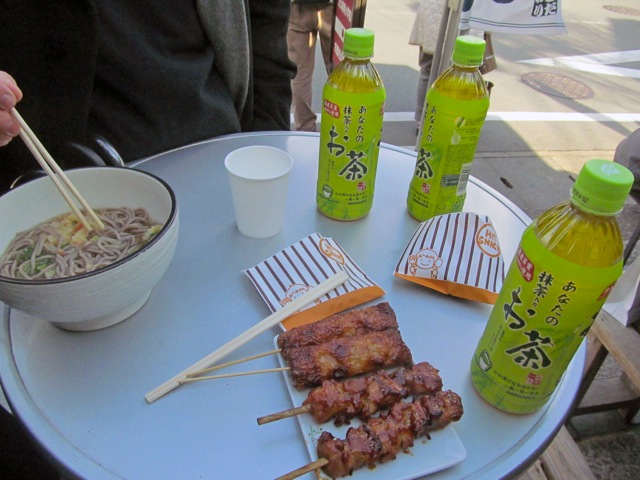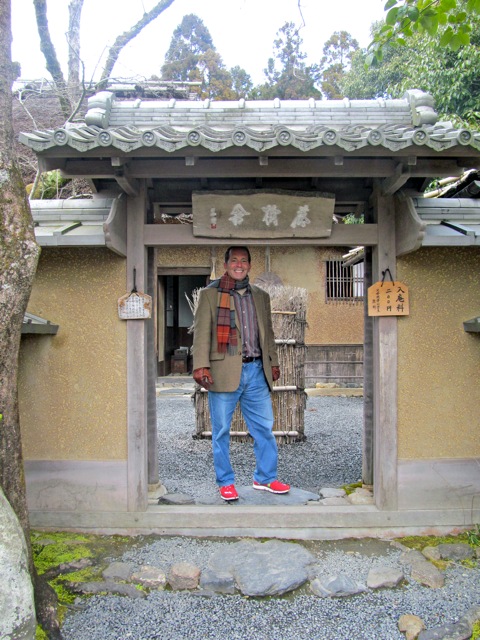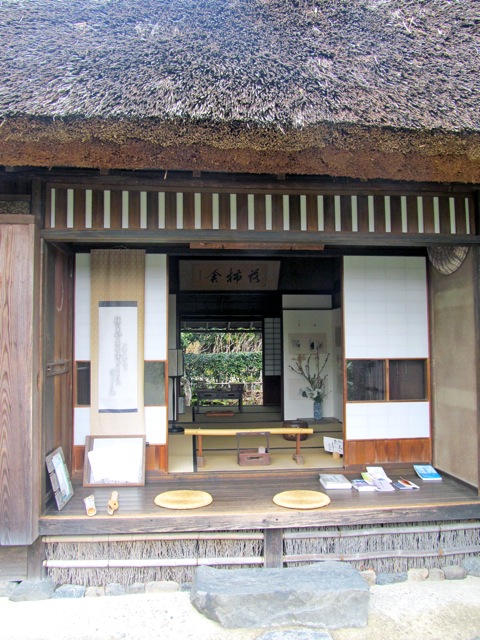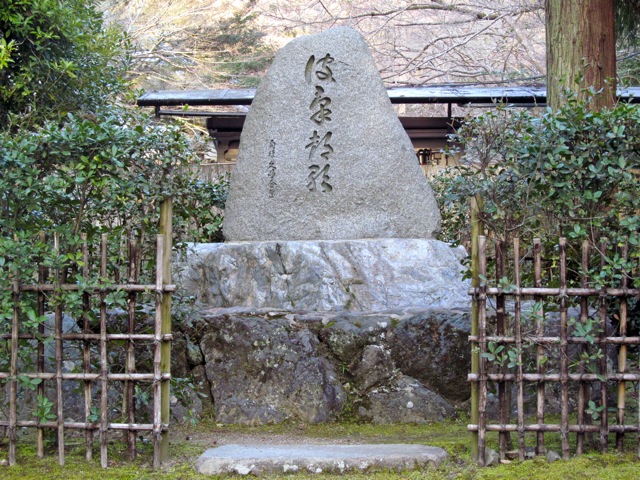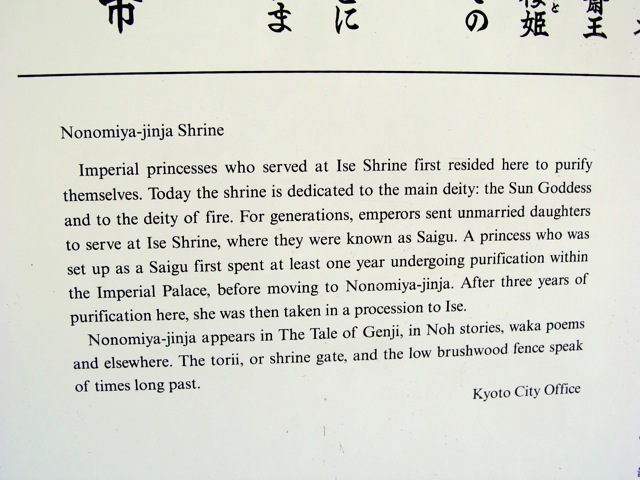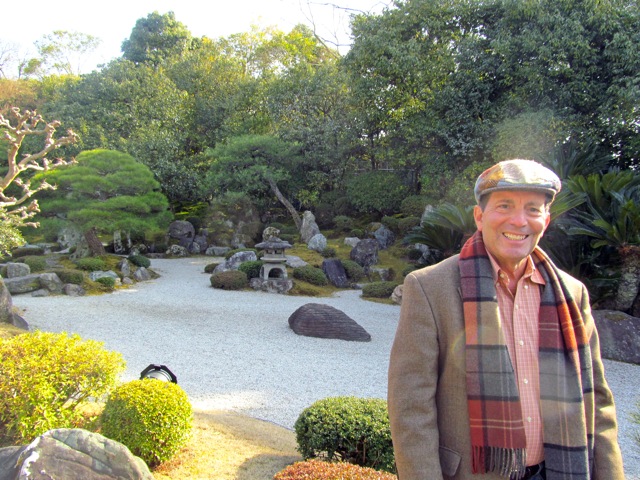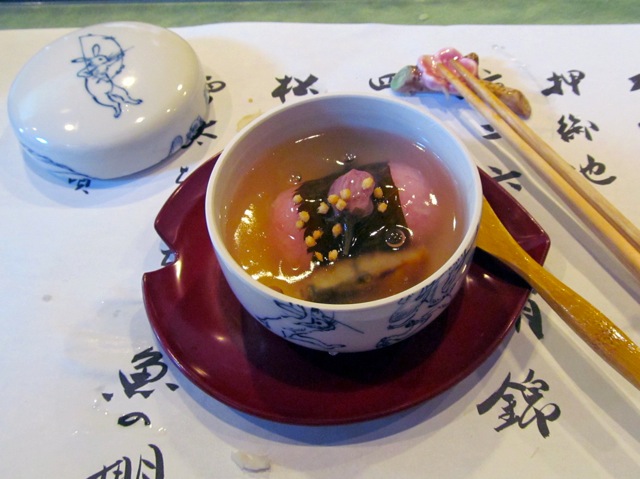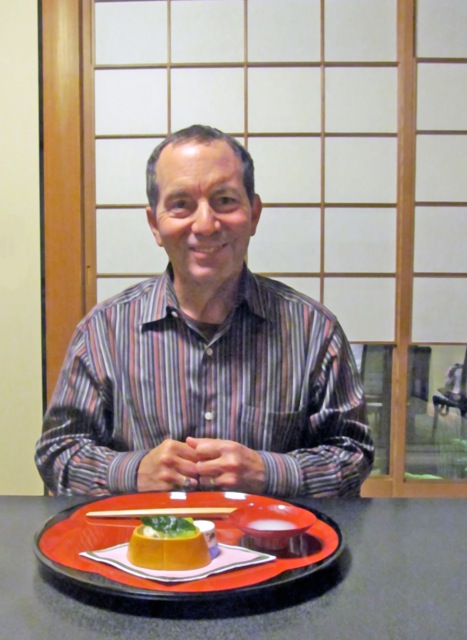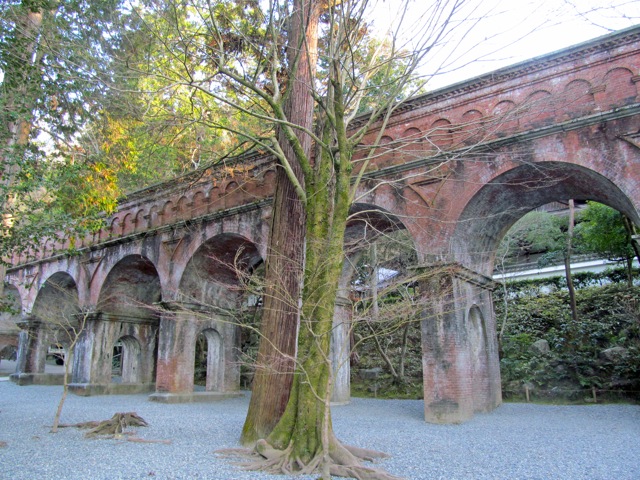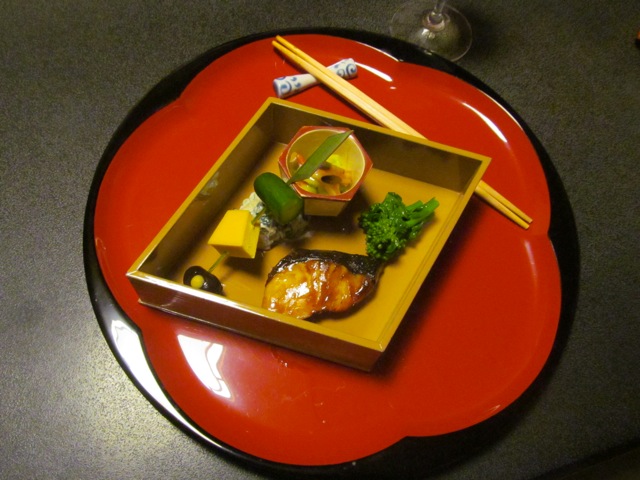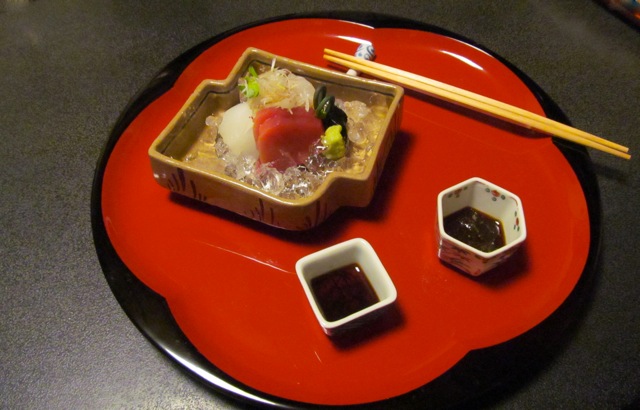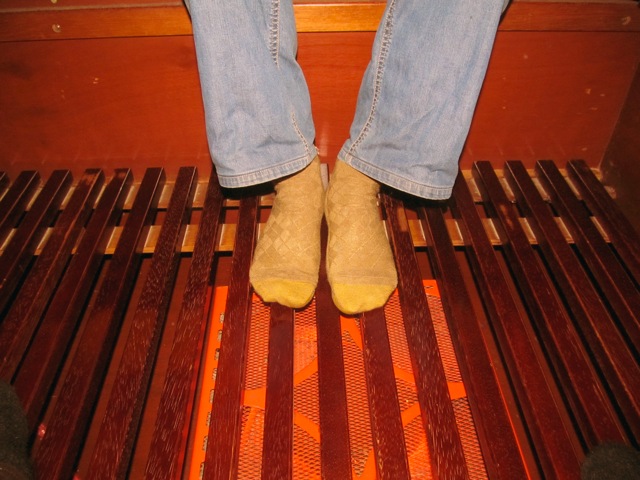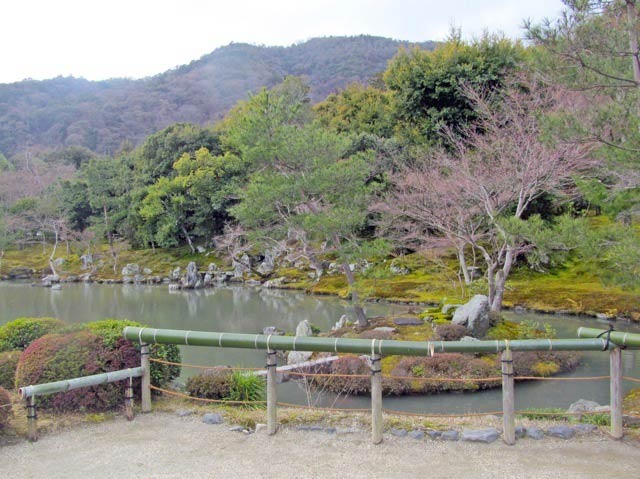Greathall Productions, Inc. presents...
Introduction ![]() Jim's Studio
Jim's Studio
Photos from Our Travels to Literary and Historical Sites
that Relate to Greathall Recordings in:
The United States: Virginia ![]() Kentucky
Kentucky ![]() California
California ![]() Oregon
Oregon
Ireland ![]() Italy
Italy ![]() Germany
Germany ![]() Jordan
Jordan ![]() Singapore
Singapore
New Zealand ![]() England
England ![]() Spain
Spain ![]() Japan
Japan ![]() France
France
How to Build a Castle (France, 2013)
Photos from Here & There
Kyoto, Japan
Welcome to Kyoto!
Can you say "latte" in Japanese?
In Japan, one often hides part of the view from each angle, revealing parts of it at different spots along the route, so that one focal object provides multiple surprises.
This view of a corner of the vast complex of Buddhist temples at Tenryu-ji might have greeted the eyes of a visitor as far back as the Thirteenth Century.
A sign near the entrance to Tenryu-ji Temple, begun in 1255 in ancient Kyoto, Japan, and now a World Heritage treasure. This garden is one of many we could have chosen to visit in, or around, Kyoto; we chose this one because it was off the beaten path of most tourists, is one of the greatest and oldest, and is an integral part of one of the most historic religious sites in Japan. It did not disappoint us!
Jim on a Kyoto train, en route to one of the renowned Japanese gardens that he has dreamed of visiting for forty years.
Even the smallest entrance garden in Japan holds the potential for artful serenity. This one is off to the side in the Tenryu-ji Buddhist Temple complex west of Kyoto. The major garden is next.
A pond and a raked sand shore at Tenryu-ji. If you look carefully, you'll see the shadowy forms of koi fish swimming in the water.
A quiet stream linking ponds in the main garden at the Tenryu-ji Temple. All of this looks so natural, but except for the high hills in the background of the garden, it actually represents centuries of personalized planning and hand care. In medieval Europe, those who labored to build the great cathedrals lived with a similar knowledge that the fruition of their dedicated work might be centuries away, and that this did not matter. What mattered was to take part in something so meaningful.
This is the smile of a man who is finding that the actual gardens he had dreamed of visiting have turned out to be even better than he had imagined.
Randy and Jim in the extensive gardens of the Tenryu-ji Buddhist Temple complex west of Kyoto. One stunning detail after another.
Randy in the hillside garden at Tenryu-ji west of Kyoto.
Jim explaining some of the philosophy and planning that go into a Japanese garden to Daughter and Son-in-Law, as photographed by Randy at the Tenryu-ji Temple complex.
The enormous bamboo grove outside the gates of Tenryu-ji. Some of these varieties grow 3-5 feet a day until they reach full height. To stand on the walkway through this bamboo when a gentle wind sets the huge stalks waving is an overwhelming experience.
Happy Father and Daughter holding hands in the great bamboo grove of western Kyoto, located on the walk between the Tenryu-ji Buddhist Temple and the equally beautiful gardens of the late film actor, Oh-khochi Denjiro. (Photo's of that estate follow.)
The beautiful locale of this simple religious shrine first drew to the hills of western Kyoto a famous Japanese film star. (SEE NEXT PHOTO.) He bought the land around it and spent decades turning it into one of the premiere examples of the strolling garden style of Japanese garden. He eventually built his home here, looking over the Tenryu-ji Temple complex to the distant buildings of Kyoto.
Self-explanatory.
A side view of the house while walking through the stroll garden. The smooth, yellow ground cover is moss. The stepping stones force a person to slow down her/his pace in passing through the landscape.
A prime example of what the Japanese call "Borrowed Scenery." At one point on the walk across the estate, one suddenly finds this view over the carefully trimmed plants to this river gorge. Only at this one place on the walk do you find this surprising, grand view. Most of the time it is hidden by trees and shrubbery.
A view from the Tekisui-an Tea Room, a welcome haven on a cold, damp day of walking in some of Japan's greatest gardens. It is on the grounds of the estate of the late screen actor, Oh-khochi Denjiro. Note the red, winter-blooming camellias and the bamboo, both widely prevalent in traditional Japanese gardens. (But beware of bamboo unless you have a master gardener handy... it's infamous for spreading uncontrollably. Your neighbors will not be pleased with you.)
A street side stall on a day of lots of walking brought us delicious beef, noodles and green tea. Inexpensive, freshly prepared, pristine.
A place of pilgrimage. In this home lived one of the masters of the haiku form of poetry, and a disciple of the greatest master of the form, Matsuo Basho. Basho, one of the undisputed masters of poetry in world history, lived in the 1600's, and especially in his later years, made many journeys around Japan, writing, painting and teaching other great poets and painters.) As a lifelong devotee of haiku, and of Basho's works, Jim was thrilled to find that Basho himself had stayed here on several occasions. In the garden we found a rock inscribed with a poem that the master wrote while visiting here. The Japanese government preserves this place as it was back then, in the late 1600's. Jim and daughter Danna, herself a published poet, especially relished this episode in our Japanese visit.
A poet's home from the late seventeenth century. The books on display are not his, by the way; they are modern guidebooks offered for sale, each of which mentions this place. It seems that art needs the support of commerce.
Stone, artfully placed, plays a major role in Japanese architecture and garden design.
Two notes: First, the Shinto religion, of which this is a shrine, is a very ancient Japanese religion centered on deities thought to inhabit trees, stones, rivers and other natural elements. Even after Buddhism and, later, Christianity came to Japan, the influence of Shinto remained in the almost electric bond between the Japanese and nature. Second, "The Tale of Genji" mentioned in the last paragraph is considered the oldest novel in world literature. Published in 1021 -- yes, you read that correctly -- its author was a woman: the noblewoman and imperial lady-in-waiting Muraski Shikibu. The style is different from ours, but the book remains in print in many editions.
Gathering stories, and settings, for future story telling.
We take a break. Tofu never tasted so good. Our favorite part, though, was the Bunny Archer gracing the lid of the soup bowl. (See upper left.)
In the heart of a residential neighborhood in central Kyoto, only blocks from the most contemporary shopping area, we looked for a place to eat dinner. The manager of a store in which we bought hand made papers generously led us three blocks on a chilly evening to a place we would never have noticed from the outside. (In stories, such a helper often appears.) She told the restaurant host what we needed -- in Japanese -- and then she and we bowed to one another, and she left us to one of the most extraordinary dining experiences we have ever enjoyed, consuming a multi-course meal in a private room with its own small garden outside. Does Jim look as if he is about to say "Grace" in this photo? He certainly was giving thanks, as did we all.
A viaduct running through the grounds of a temple complex in the heart of Kyoto.
The art appeals to the eye; each of the flavors and textures is distinctive, and carefully chosen to complement one another.
Still another course in our surprise gourmet Japanese meal.
Beneath the low table at which we sat was this low sub-floor, complete with heater underneath. After walking in the frigid rain of March in Kyoto, this was one of the best surprises of our surprise dinner.
We hope you've enjoyed walking through Kyoto with us.
On to France...
Introduction
Jim's Studio
Photos from Our Travels to Literary and Historical Sites
that Relate to Greathall Recordings in:
The United States: VirginiaKentucky
California
Oregon
IrelandItaly
Germany
Jordan
Singapore
New ZealandEngland
Spain
Japan
France
How to Build a Castle (France, 2013)
Photos from Here & There
About Jim Weiss | Storytelling Recordings
A Letter from Jim & Randy | Jim's Photo Album
Timeline of Recordings | Travel Calendar | Book a Live Performance
| Jim Writes...
Jim Weiss
Post Office Box 5061
Charlottesville, Virginia 22905-5061
(800) 477-6234 (434) 296-4490 FAX

